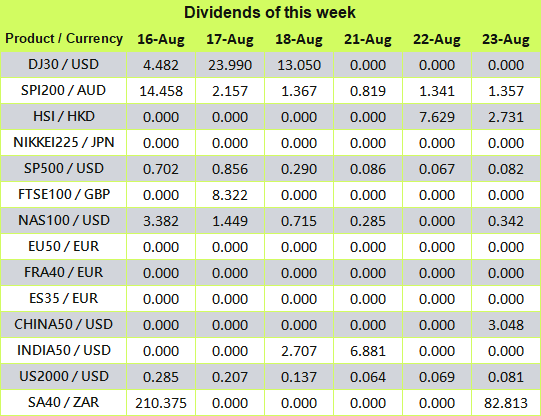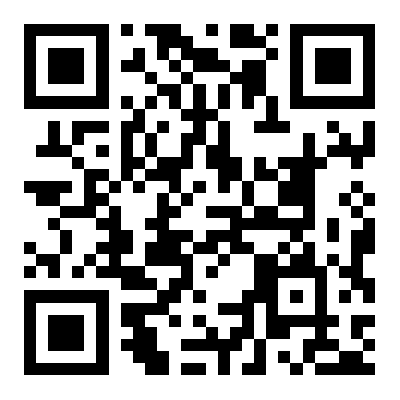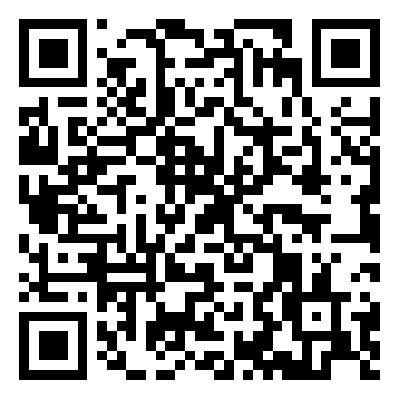As a forex trader, the strategy of forex hedging is a must-know, which serves as a shield against market uncertainties in CFD trading. So, what exactly is forex hedging? It is like waring a bulletproof vest, a strategy to protect your trades from potential losses. By opening additional trades that offset the risk of your primary positions, forex hedging acts like a safety net.
Here are some popular hedging strategies worth mentioning:
- Using multiple currency pairs:
Think of yourself as a savvy investor spreading your investments across various assets. When you trade multiple currency pairs simultaneously, you can reduce your overall risk. For example, if you have a long position in one currency pair and expect it to rise, you might take a short position in another currency pair you believe will fall. This way, if one trade goes sour, the other might cover your losses.
- Options trading:
To be a seasoned trader, you need to always get ready for a plan B. Options trading gives you the right (but not the obligation) to buy or sell an asset at a specific price on or before a certain date. With options, you can limit potential losses while still benefiting from market movements. It’s like having an insurance policy for your trades.
- Correlation strategy:
The correlation strategy involves trading assets that have a positive or negative relationship. For example, some currency pairs tend to move in the same direction, while others move in opposite directions. By recognizing these correlations, you can hedge your positions and mitigate risks.
Summary
By employing various hedging strategies, you can protect your trades from unexpected market movements to minimize risks. Diversifying with multiple currency pairs, exploring options trading, and spotting correlations can all be part of your hedging arsenal.











